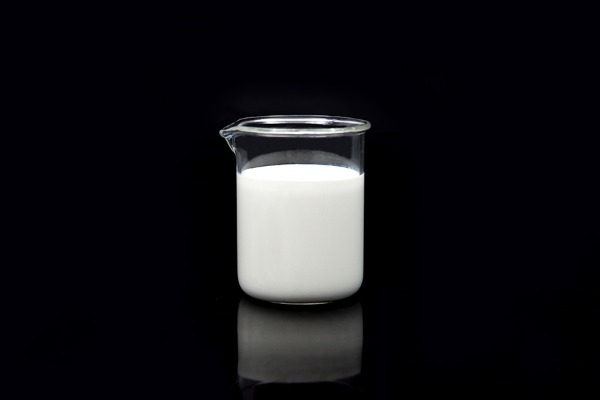Fluorescent Whitening Agent have become integral in manufacturing processes where product appearance is crucial. Their ability to make materials appear cleaner and brighter makes them valuable in a variety of industries.

In the textile industry, FWAs are often added during the finishing process. They help reduce the yellowing effect that natural and synthetic fibers can develop during processing or storage. The result is a fabric that looks fresher and visually more vibrant.
In paper manufacturing, FWAs are included in both pulp and surface coatings to give a whiter appearance to printing paper, packaging, and tissue products. This improves the contrast of printed material and enhances visual clarity.
Detergent formulations often include FWAs to improve the appearance of washed fabrics. By embedding small amounts of optical brightener in the washing process, laundry appears cleaner even when physical soil removal has reached its limit.
Plastics and polymers can also benefit. FWAs are blended into thermoplastics like polypropylene and polyethylene to improve the brightness of white or transparent components, especially in packaging or consumer goods.
Overall, fluorescent whitening agents serve as performance additives that help manufacturers deliver more aesthetically consistent and visually appealing products.